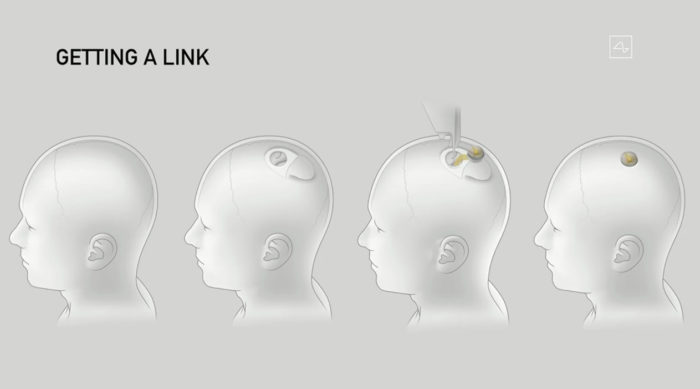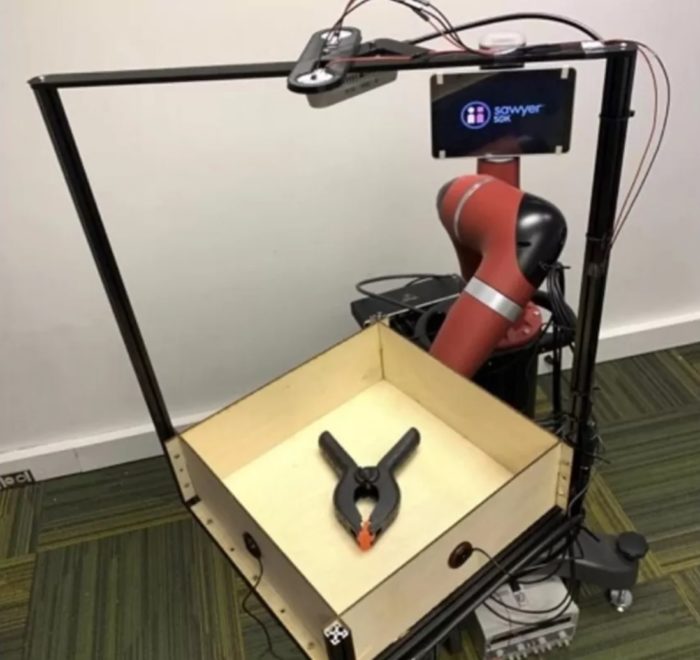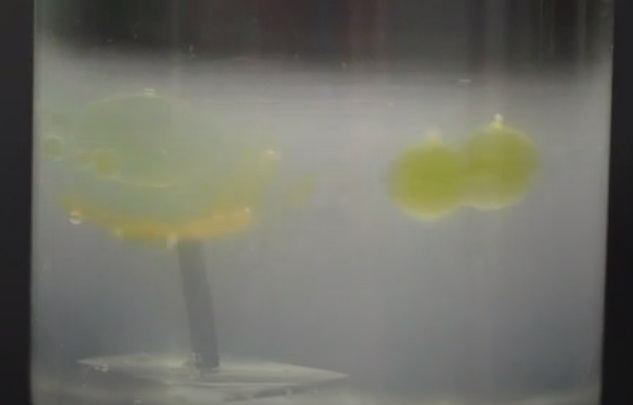Aug 31 2020
Elon Musk Unveils Neuralink Pig
 Three days ago Elon Musk revealed an update to his Neuralink project – a pig named Gertrude that had the latest version of the Neuralink implanted. (I first wrote about the Neuralink here.) The demonstration does not seem to involve anything that itself is new with brain-machine interfaces, but it does represent Musk bringing the state of the art together into a device that is designed to be commercial, rather than just a laboratory proof-of-concept.
Three days ago Elon Musk revealed an update to his Neuralink project – a pig named Gertrude that had the latest version of the Neuralink implanted. (I first wrote about the Neuralink here.) The demonstration does not seem to involve anything that itself is new with brain-machine interfaces, but it does represent Musk bringing the state of the art together into a device that is designed to be commercial, rather than just a laboratory proof-of-concept.
Unfortunately, I have had to cobble together information from multiple sources. There does not appear to be a scientific paper with all the technical details spelled out, and the mainstream reporting is often vague on those details. But I think I have a clear picture now. The device is a coin-sized, 23 mm diameter and 8 mm thick. It was implanted “in” the skull, and also described as being “flush” with the skull. From this I take it that the device is not on top of or inside the skull, but literally replacing a small piece of skull. It has 3,000 super thin and flexible electrodes that connect to 1000 neurons. The device itself has 1024 channels (a channel reads the electrical difference between two electrodes).
The company also reports that it has an internal battery that can last “all day” and then recharge overnight. It also communicates to an external device (such as an app on your smartphone) via bluetooth with a range of 5-10 meters. As an electronic device, this is pretty standard, but it is good to have these features in a small implantable device.
The big question is – what can the Neuralink actually do? The demonstration, in this regard, was not that impressive (compared to the hype for Neuralink) – just the absolute bare minimum for such a device. It was implanted in a pig and was interfaced with neurons that connect to the snout. This demo device was read only; it could not send signals to the pig’s brain, only read from the brain. The demonstration consisted of Gertrude sniffing around her cage, and when she did so we could see signals from the neurons in her brain that were interfacing with the Neuralink.


 Over the history of life on Earth there have been many extinction events, but the
Over the history of life on Earth there have been many extinction events, but the  This is a (sort of) follow up to
This is a (sort of) follow up to  This is the big question facing many countries, but especially the US – how do we reopen schools while still in the middle of a pandemic? This is a serious dilemma. The American Academy of Pediatrics
This is the big question facing many countries, but especially the US – how do we reopen schools while still in the middle of a pandemic? This is a serious dilemma. The American Academy of Pediatrics  This is one of those things that futurists did not predict at all, but now seems obvious and unavoidable – the degree to which computer algorithms affect your life. It’s always hard to make negative statements, and they have to be qualified – but I am not aware of any pre-2000 science fiction or futurism that even discussed the role of social media algorithms or other informational algorithms on society and culture (as always, let me know if I’m missing something). But in a very short period of time they have become a major challenge for many societies. It also is now easy to imagine how computer algorithms will be a dominant topic in the future. People will likely debate their role, who controls them and who should control them, and what regulations, if any, should be put in place.
This is one of those things that futurists did not predict at all, but now seems obvious and unavoidable – the degree to which computer algorithms affect your life. It’s always hard to make negative statements, and they have to be qualified – but I am not aware of any pre-2000 science fiction or futurism that even discussed the role of social media algorithms or other informational algorithms on society and culture (as always, let me know if I’m missing something). But in a very short period of time they have become a major challenge for many societies. It also is now easy to imagine how computer algorithms will be a dominant topic in the future. People will likely debate their role, who controls them and who should control them, and what regulations, if any, should be put in place. It has been fascinating, perhaps especially so as a neuroscientist, to watch the progress being made in artificial intelligence (AI), robotics, and brain-machine interface. Our understanding of biological intelligence is progressing in tandem with our attempts to replicate some of the functioning of that intelligence, as well as interface with it. Neuroscience and AI/robotics inform each other.
It has been fascinating, perhaps especially so as a neuroscientist, to watch the progress being made in artificial intelligence (AI), robotics, and brain-machine interface. Our understanding of biological intelligence is progressing in tandem with our attempts to replicate some of the functioning of that intelligence, as well as interface with it. Neuroscience and AI/robotics inform each other. We are already living in the age of robots, but they are mostly hidden from our daily lives. Unless you have a job that entails interacting with a robot, the ones you see are mostly novelties, like Roombas, or the googly-eyed robots now wandering around some supermarkets. Robots, however, are an iconic fixture of “the future”, and have been for the better part of a century.
We are already living in the age of robots, but they are mostly hidden from our daily lives. Unless you have a job that entails interacting with a robot, the ones you see are mostly novelties, like Roombas, or the googly-eyed robots now wandering around some supermarkets. Robots, however, are an iconic fixture of “the future”, and have been for the better part of a century. It seems
It seems  Liver scientists have a hypothesis – that the biological functioning of the liver, from the organism level down to the cellular level – is actually responsible for all the functions that appear to correlate with the liver. This is not a controversial hypothesis.
Liver scientists have a hypothesis – that the biological functioning of the liver, from the organism level down to the cellular level – is actually responsible for all the functions that appear to correlate with the liver. This is not a controversial hypothesis.




